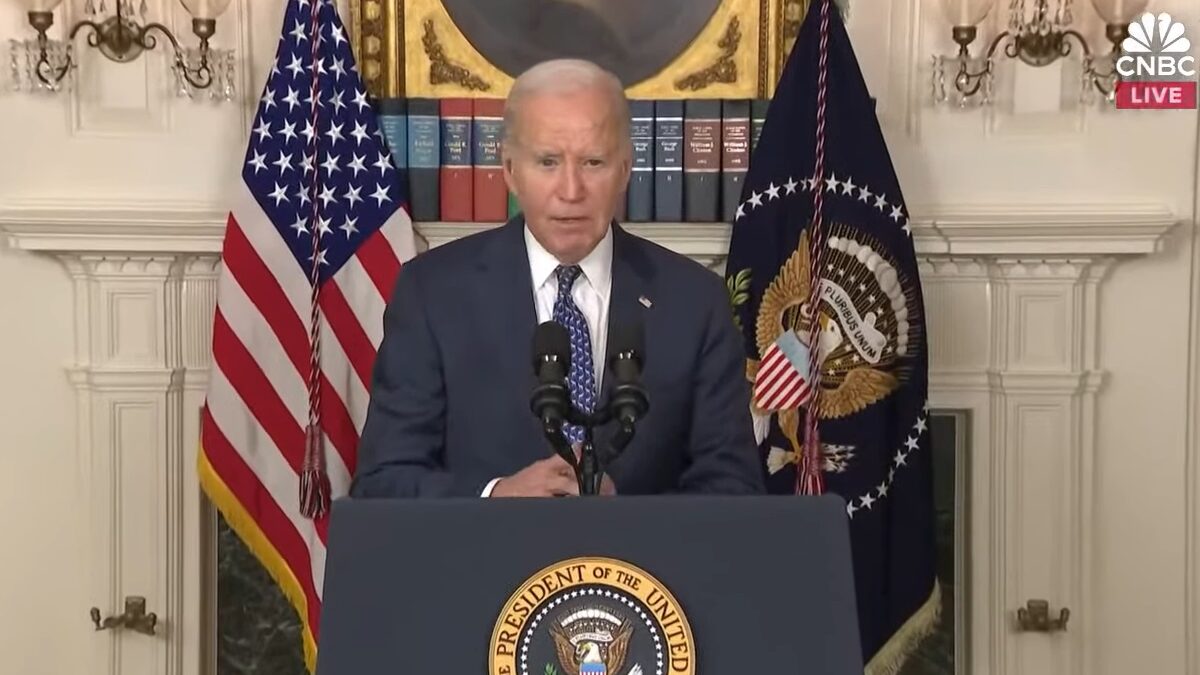Another election is upon us, and the hopes and dreams of the left — and large piles of their campaign cash — are about to be burned to ash in Texas as national Democrats pursue the chimera of a blue Texas, and with it, a permanently blue America. And Hispanic voters could be the ones to light the pyre.
Looking at RealClearPolitics’ average of polls (while considering only those of likely voters), Republican Gov. Greg Abbott leads by 8.8 percent over Democratic challenger Beto O’Rourke.
Texas doesn’t have a U.S. Senate race this year, but there are competitors for every statewide office held by a Republican.
Republican Dan Patrick, America’s most powerful lieutenant governor thanks to the Texas Constitution, is facing off again against Democrat Mike Collier, whom he beat by 5 points in 2018. That year, the U.S. Senate race brightened Democratic prospects when Republican Sen. Ted Cruz, appearing at the top of the ticket, held off O’Rourke’s challenge by 2.6 percentage points. But this year, things look better for Patrick, with the average of the last three polls completed in September showing the Republican up by 7.3 points.
Republican Attorney General Ken Paxton also leads his Democratic rival, Rochelle Garza, a civil rights attorney from the east end of the Rio Grande Valley, by 5 points.
The latest poll in the Lone Star State was commissioned by the Texas Hispanic Policy Foundation. Surveying the top three races, this poll found Democrats O’Rourke, Collier, and Garza leading their Republican opponents among Hispanic voters by 14 points, 14 points, and 10 points, respectively, meaning the sole Hispanic in those races had the thinnest lead. Even so, the Democratic advantage is far thinner than many pundits expect from this constituency.
In the past two midterm election cycles in Texas — the years when the state’s constitutional officers are up for election — Republicans have swept all races. In 2018, Abbott won by 13.3 points against Lupe Valdez, Patrick won by 5 points against the same opponent he faces this year, and Paxton won by 3.5 points. In 2014, Abbott won his first race for governor by 20.4 points, Patrick won his first race for lieutenant governor by 19.4 points, and Paxton won his first race for attorney general by 20.8 points.
Becoming Less Red?
At first glance, this might suggest a steady erosion of Republican margins — perhaps that Texas is becoming less red. The average polling lead of the top three constitutional officers in September 2022 is 7 points. In 2018, the average winning Republican margin for the three seats was 7 points. But in 2014, the average winning spread was a whopping 20.2. But elections take place in a larger context — and candidates matter.
Of course, 2014 was a decent year for Republicans across America. President Barack Obama was in his last two years in office, and his average job approval rating was underwater by 11.4 percentage points. Republicans picked up 13 seats in the U.S. House of Representatives.
In 2018, President Donald Trump was having a rough year. Trump’s average job approval polling was 9.6 points negative the day before the election. Republicans lost 41 seats in the U.S. House because national currents were pushing strongly against Republicans.
On Sept. 26 of this year, the average of President Joe Biden’s job approval polls showed him with a 10.7-point deficit — right between the disapproval margins for Obama and Trump.
Shifting Demographics
By the early 1990s, the idea was that shifting demographics — the decline of America’s white, non-Hispanic population relative to minorities — would benefit Democrats. In 2002, Ruy Teixeira’s “The Emerging Democratic Majority,” co-authored with John Judis, set forth the proposition that in every presidential election cycle, minorities — driven by Hispanic and Asian immigration — grew by 2 percent. And further, since minorities favored the Democratic Party, this gradual realignment of the American electorate would, like a glacier, be impossible to resist over time.
From the 2002 book:
Over the next decade, this bloc of voters is expected to continue to increase and, extrapolating from recent trends, could make up nearly a quarter of the electorate. If these voters remain solidly Democratic, they will constitute a formidable advantage for any Democratic candidate.
In Texas, Teixeira’s demographic math has marched along, as it has in most states, with Hispanics climbing from 38.6 percent of the population in 2014 to 40.2 in 2021, a gain of 1.6 percent. The white, non-Hispanic population of the state fell by 4 percent during the same period, though the large gap in the shift of the two biggest groups has more to do with the Census Bureau changing its definitions of race than any real change in demographics.
Thus, per the left’s almost manic focus on demographics, Texas should have shifted 2-4 points in their favor since 2014.
Shifting Democratic Values
But Teixeira, a moderate, recently abandoned his own theory. Now, he says the Democratic professionals who staff and run the party live in a liberal cultural bubble, espousing a “race-essentialist” dogma. Further, he says that this largely white professional-class dominance of the Democratic Party has tilted it far to the left on cultural issues, alienating not only the white working class but minorities as well.
Nowhere is this transition seen more clearly than in Texas’s Lower Rio Grande Valley. Some 1.4 million people live in the fertile area in Texas’s southern tip along the Gulf of Mexico — almost 5 percent of Texas’s 29.5 million residents. The region is almost 94 percent Hispanic, with many families having roots stretching back to the Spanish colonial era in 1750. Politically, the Valley has been solidly Democratic — at least for local candidates — going back to the Civil War.
But now, much to the alarm of Democrats in Texas and nationally, things are shifting. The Rio Grande Valley is seeing highly competitive races for partisan offices — county offices, state house, state senate, and even U.S. Congress. And, if the Rio Grande Valley shifts to the Republicans, as it might over the next few years, it portends a seismic political realignment among a significant segment of Hispanic voters, signaling that culture matters more than mere race or ethnicity.
Returning to the 2022 elections in Texas, disapproval of the chaos unleashed on the border by Biden, high inflation, and the ongoing thrall of groupthink among the Democratic elite likely means Texas Republicans will outperform the latest polls — as well as their 2018 numbers.









